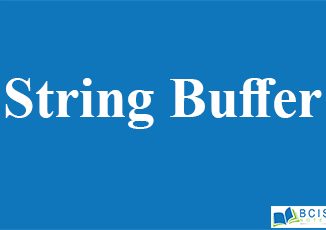
String Buffer || Java Collections And Java API Library || Bcis Notes
String Buffer String Buffer The String Buffer class is used to create a mutable string. It is same as String class except it is mutable […]

String Buffer String Buffer The String Buffer class is used to create a mutable string. It is same as String class except it is mutable […]
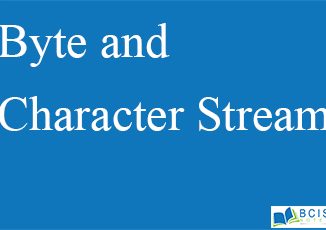
Byte and Character Streams Byte and Character Streams are described below:- The java.io package contains nearly every class you might ever need to perform input […]

Interfaces and Packages Interfaces and Packages are syntactically similar to classes, but they lack instance variables, and their methods are declared without anybody. A package […]

Polymorphism Polymorphism is the ability of an object to take on many forms. The most common use of it in OOP occurs when a parent […]

Multilevel Hierarchy We have been using simple class hierarchies that consist of only a superclass and a subclass. However, you can build hierarchies that contain […]
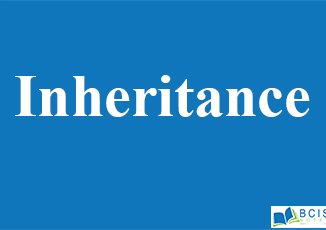
Inheritance and Member Access Inheritance simply defined as the behaviour and character that the subclass or the child class gets itself by default from the […]
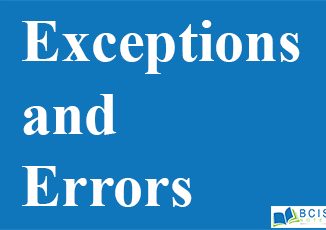
Exceptions And Errors Exceptions And Errors are described below. Exceptions An exception (or exceptional event) is a problem that arises during the execution of a […]
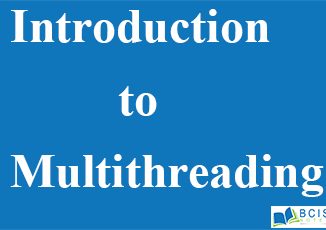
Introduction to Multithreading Introduction to Multithreading is given below:- Multithreading in java is a process of executing multiple threads simultaneously. Thread is basically a lightweight […]
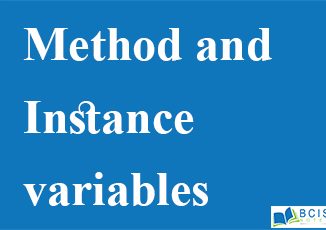
Method and Instance Variables Method and Instance Variables are described such as Methods are a collection of statements that are group together to operate. Method […]

Garbage Collection In Java, garbage means unreferenced objects. Garbage Collection is a process of reclaiming the runtime unused memory automatically. In other words, it is […]
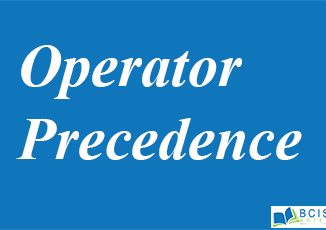
Type-casting Assigning a value of one type to a variable of another type is known as Type Casting. In other words, typecasting is a way to […]

Features of Object-Oriented Programming The features of Object-Oriented Programming are given bellow:- Object Class Data Hiding and Encapsulation Dynamic Binding Message Passing Inheritance Polymorphism […]
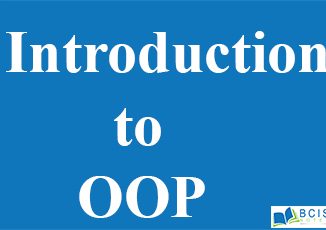
Introduction to Object-Oriented Programming Introduction to Object-Oriented Programming:- OOP is a programming paradigm in which you program using objects to represent things you are programming […]
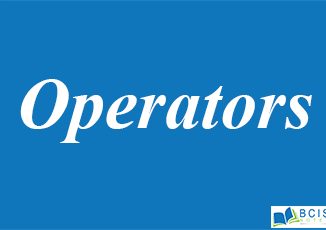
Operators An operator, in Java, is a special symbol performing specific operations on one, two, or three operands and then returning a result. They are […]
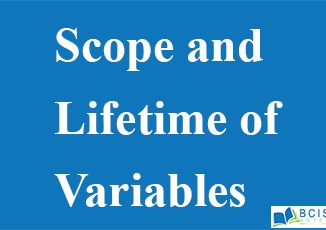
Scope and Lifetime of Variables Scope and Lifetime of variables define the section of the code in which the variable is visible. As a general […]

Literals and Variables are described below: Literals Literals and Variables are an important topics in java programming basics. You may have noticed that the new […]

DATA TYPES: Data types specify the different sizes and values that can be stored in the variable. Data types are divided into two groups: Primitive […]

Keywords and Identifiers are described below: Keywords: Java keywords are also known as reserved words. Keywords are particular words that act as a key […]
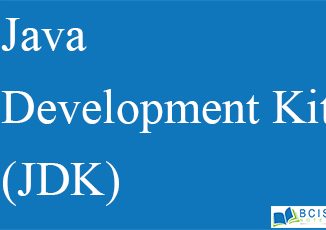
Java Development Kit: The Java Development Kit (JDK) is a software development environment used for developing Java applications and applets. It includes the Java Runtime […]

Common Misconceptions of Java:- Java is the most widely used language in the world ([citation needed]), and everyone has an opinion about it. Due to […]
Copyright © 2025 | WordPress Theme by MH Themes